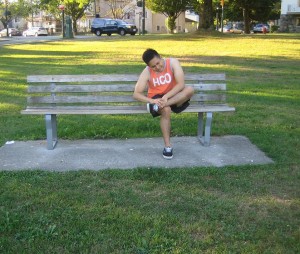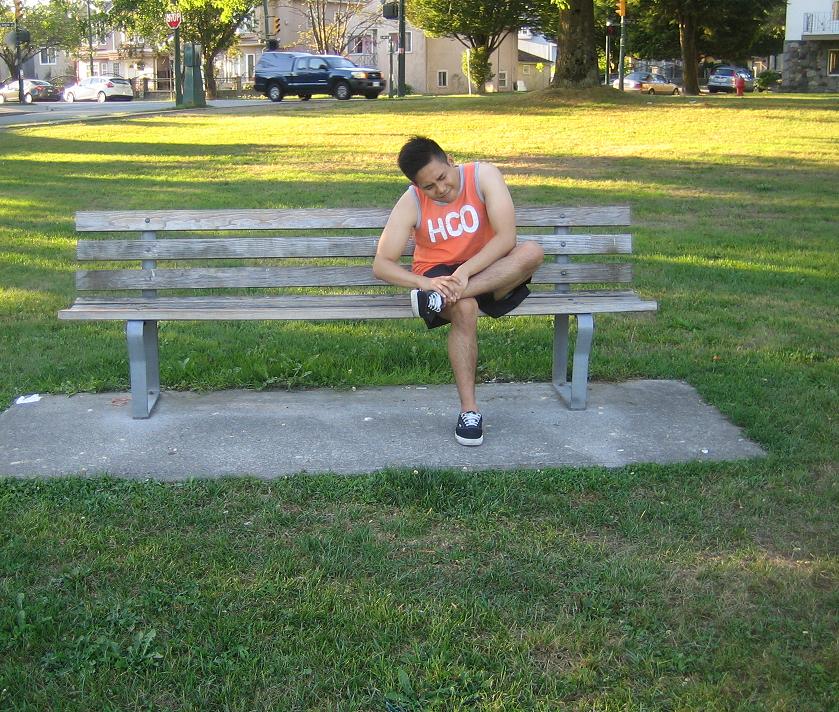Achilles tendonitis is a prevalent injury among athletes who often run during physical activity. The Achilles tendon is the biggest yet susceptible tendon in the body. It is responsible for connecting the calf muscle and the soleus muscle of the lower legs to the heel of the foot.
What are the symptoms?
Achilles tendonitis can occur gradually or abruptly. The acute symptoms are difficult to ignore and includes pain in the rear part of the ankle and right above the heel that comes on rapidly over a few days. It usually intensifies during physical activity especially running. In most cases, it has localized soreness or tenderness that intensifies if palpated.
In chronic cases of Achilles tendonitis, it often results due to episodes of acute tendonitis that did not properly heal. It is essential to allow soft tissue injuries to fully heal before resuming any high impact sports. Individuals who resume too early can put a short-term injury into a lasting one.
In some circumstances, the condition develops in a slow manner and steadily worsens over weeks or months. This form of pain is often worse in the morning upon waking up and subsides as the body warms up and the tendon is stretched.
Causes

of Achilles tendonitis
As a chronic injury, Achilles tendonitis is due mainly to overuse. It usually develops gradually over time until the pain becomes persistent and engaging in physical activity triggers discomfort.
The main reason why chronic Achilles tendonitis develops is paying no attention to the initial warning indications and simply pushing through despite the pain. In case the tendon is uncomfortable or aches, it is vital to pay close attention and allow it to rest right away.
Another contributing factor to the development of the condition is poor flexibility of the calf muscles which causes them to shorten, thus creating more tension in the tendon. Even overuse can add up to the condition as well as abruptly increasing the mileage during training, hill running or engaging in a lot of speed work.
Remember that the Achilles tendon has an inadequate supply of blood which makes the healing slow. Timely recognition of any aches, tension or tenderness is a vital component in managing tendon injuries.
Management of Achilles tendonitis
At the initial sign of tendon pain, the individual should rest and minimize the training intensity. The individual should stop hill running and speed training and start with mild calf stretching after exercise when the tendon and muscle are still warm and flexible. In addition, applying an ice pack after exercise can also help and be cautious to avoid unnecessary stretching that can worsen the issue.
Reinforcing the calf muscle can minimize the strain on the tendon. It is not necessarily needed to completely stop any activity as long as you will pay close attention to muscle tenderness and cut down the activity level accordingly.

